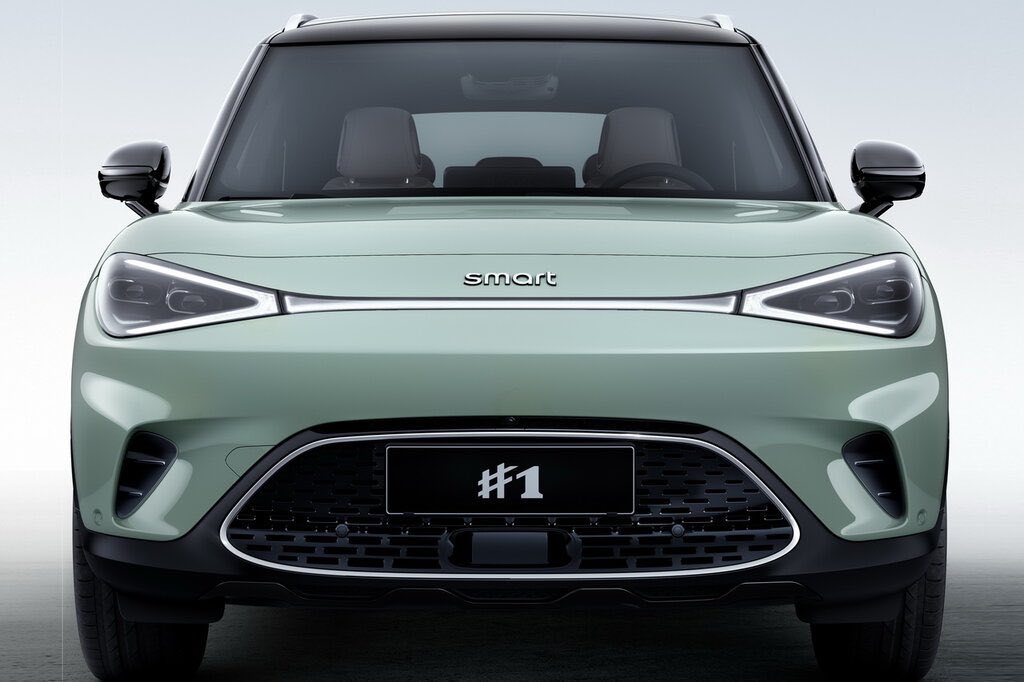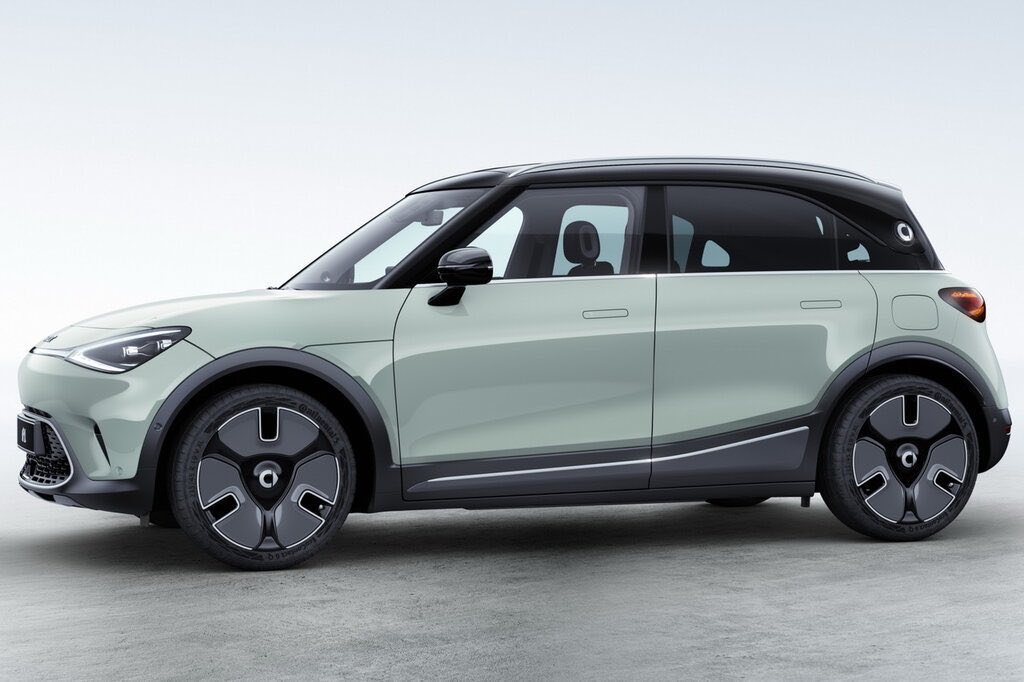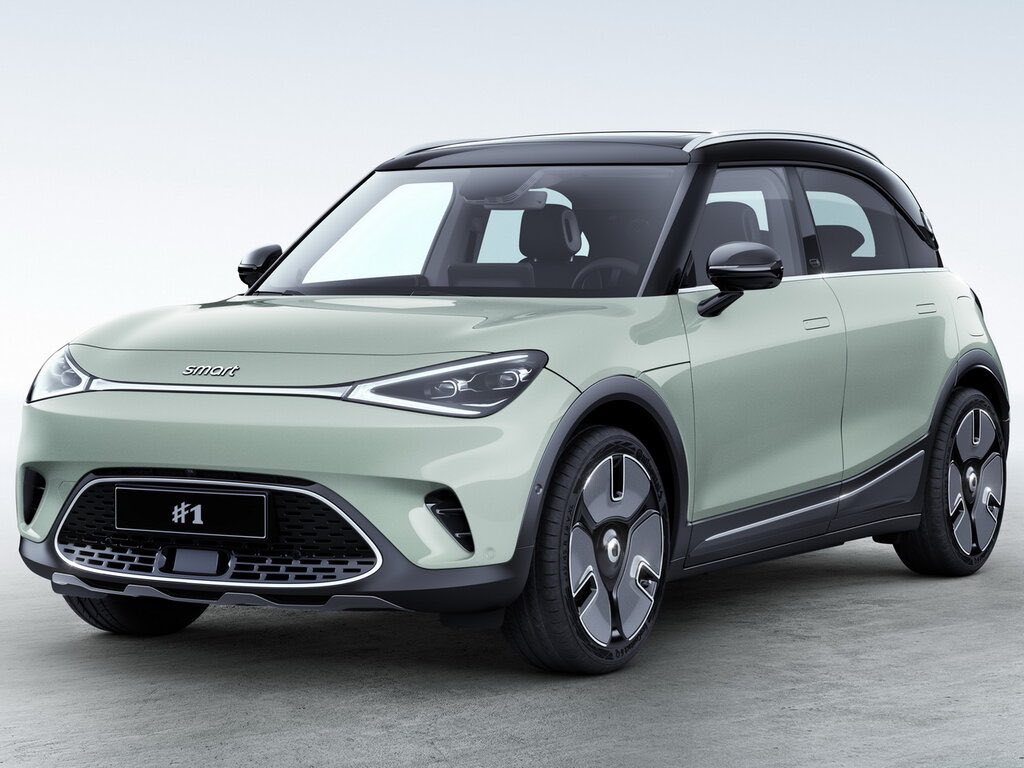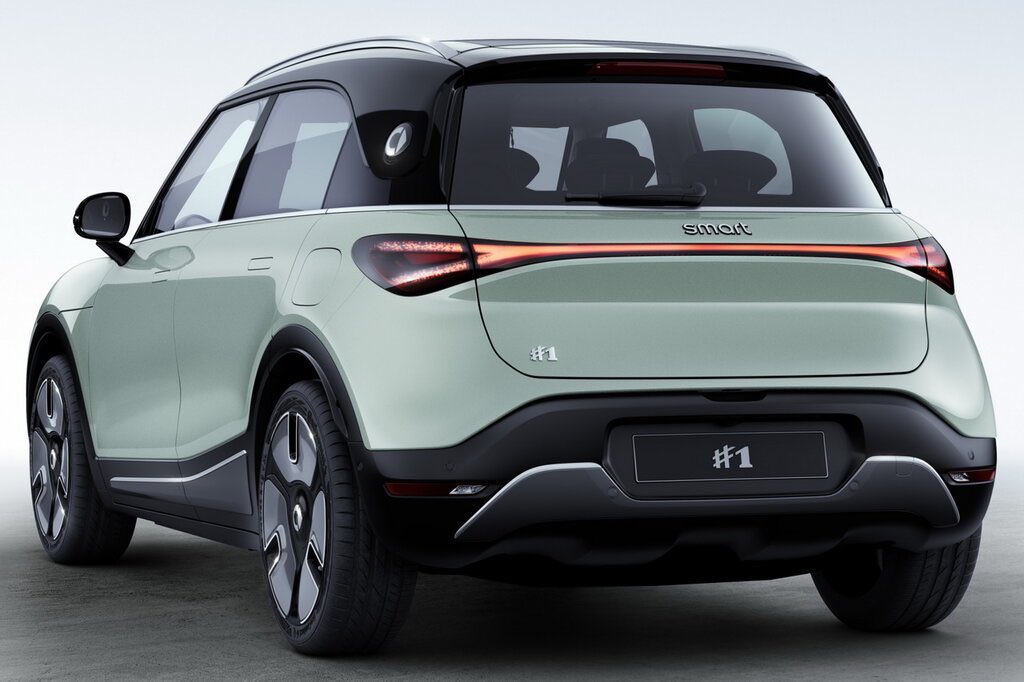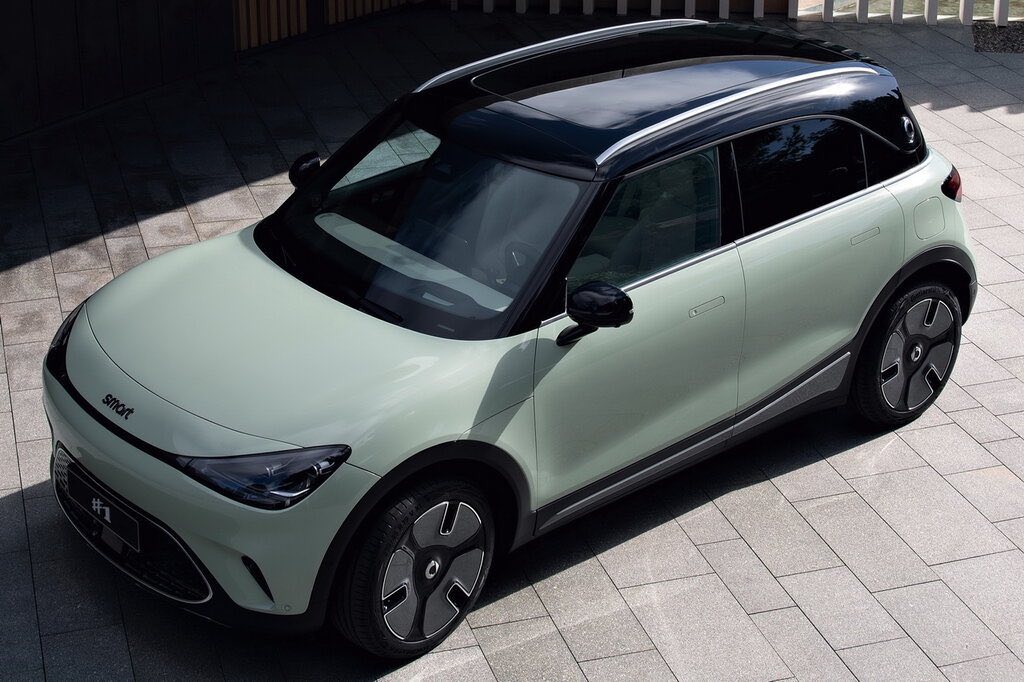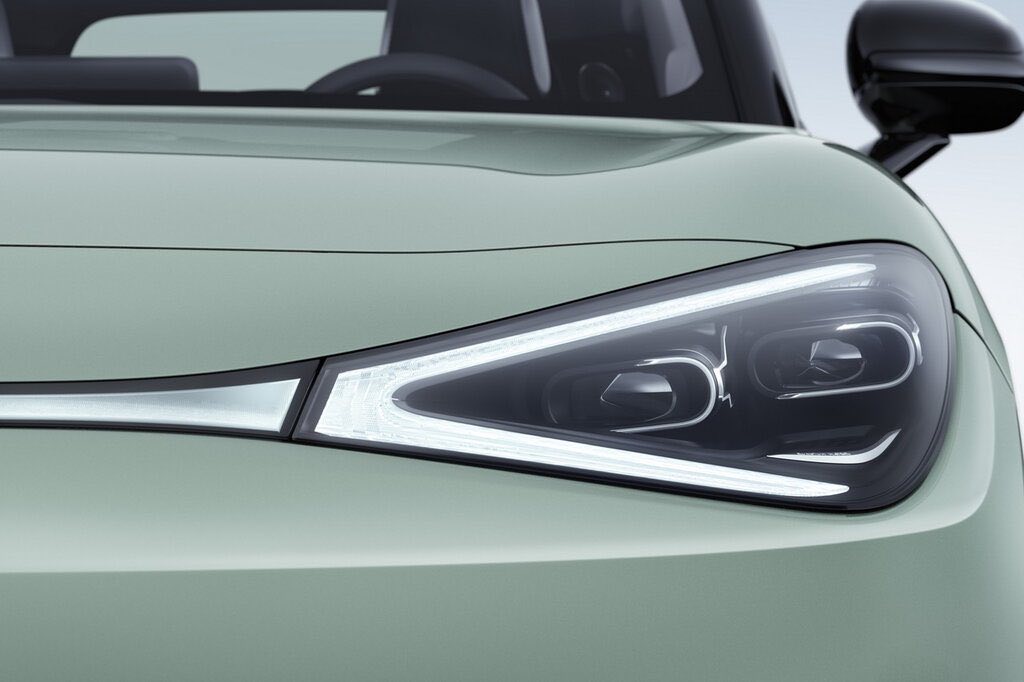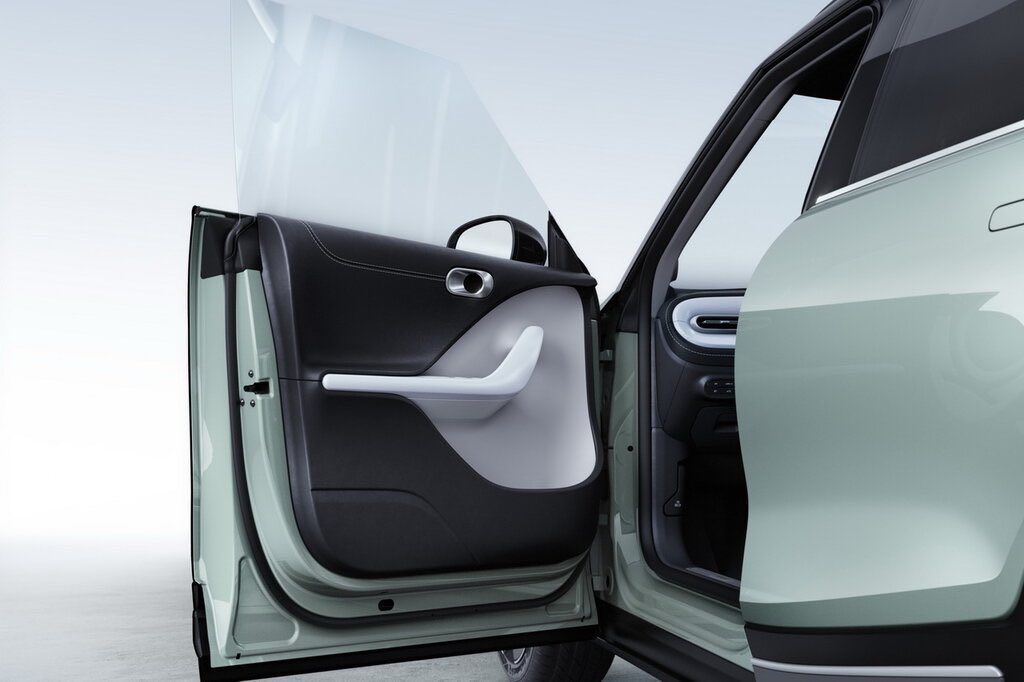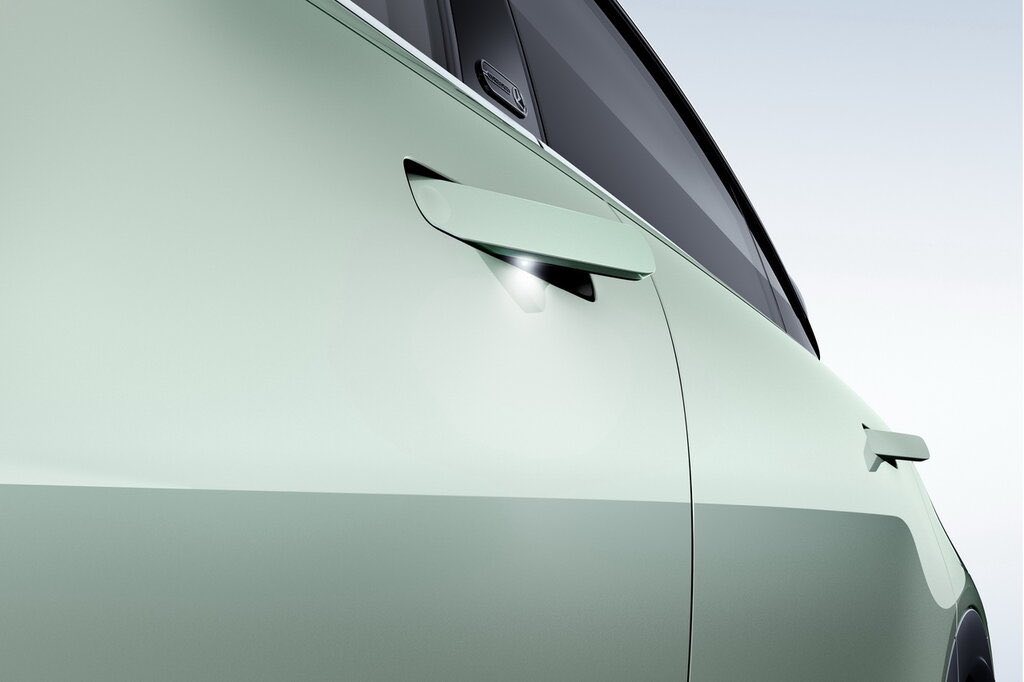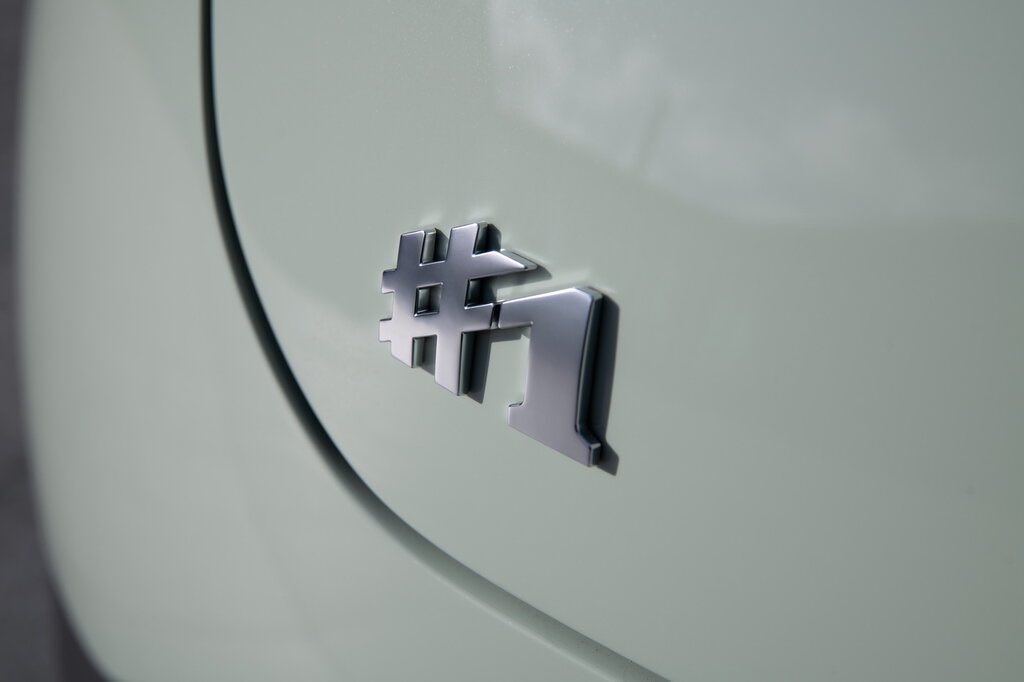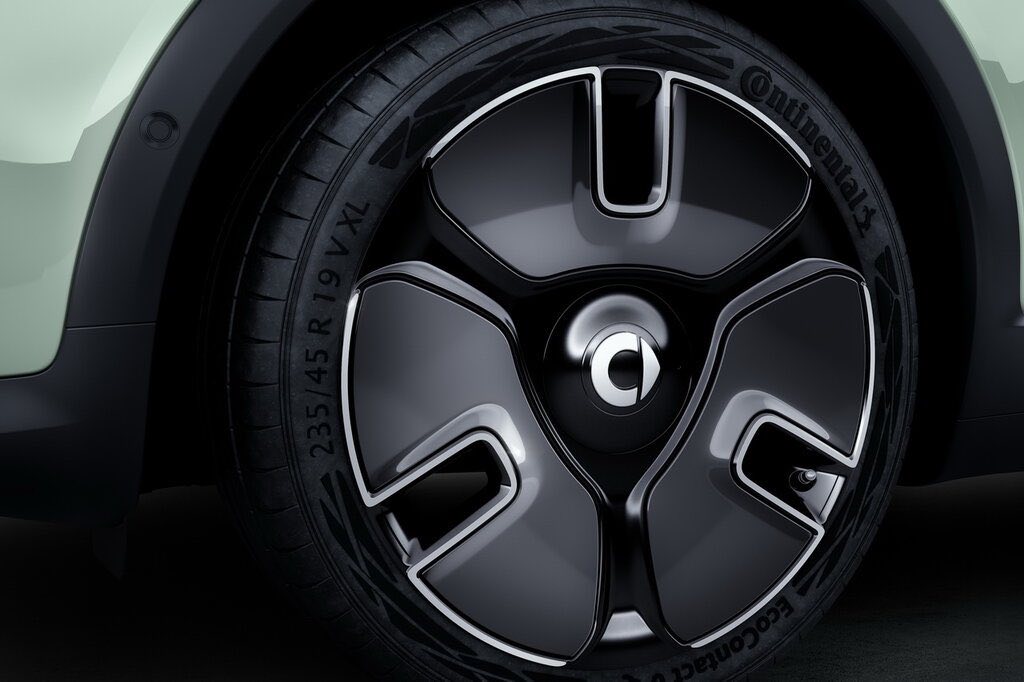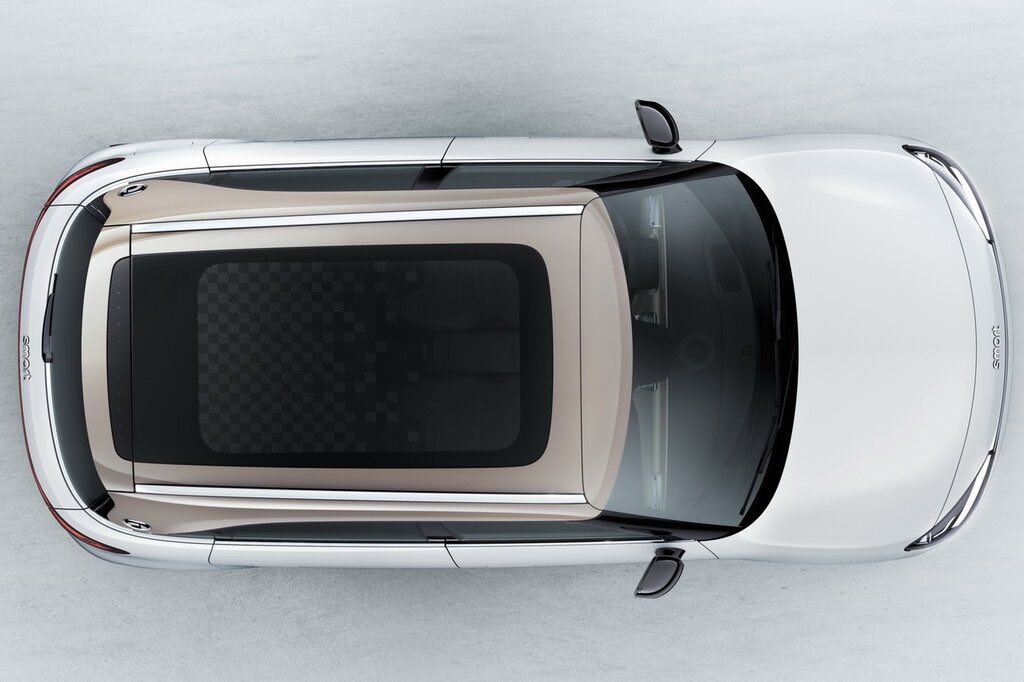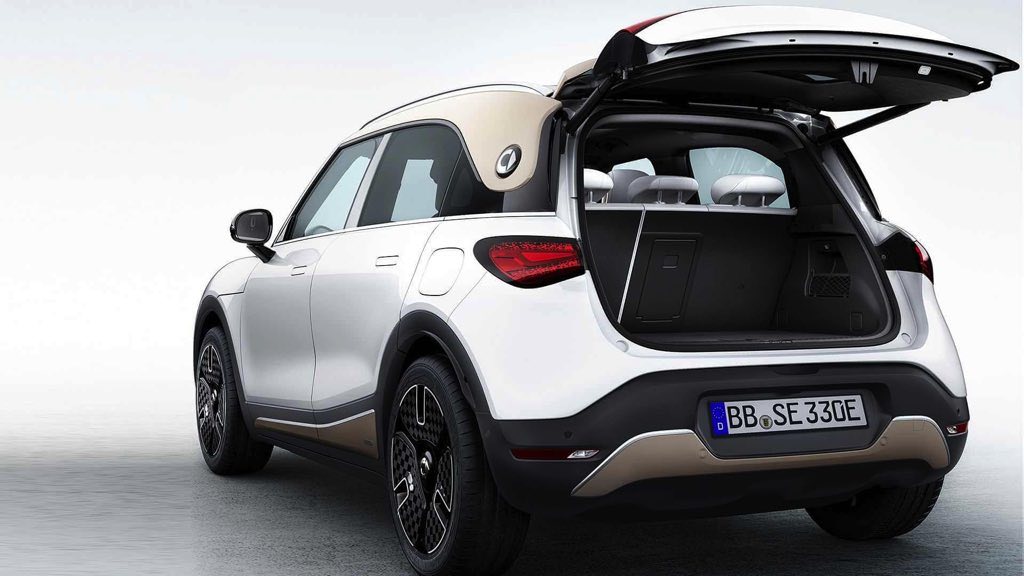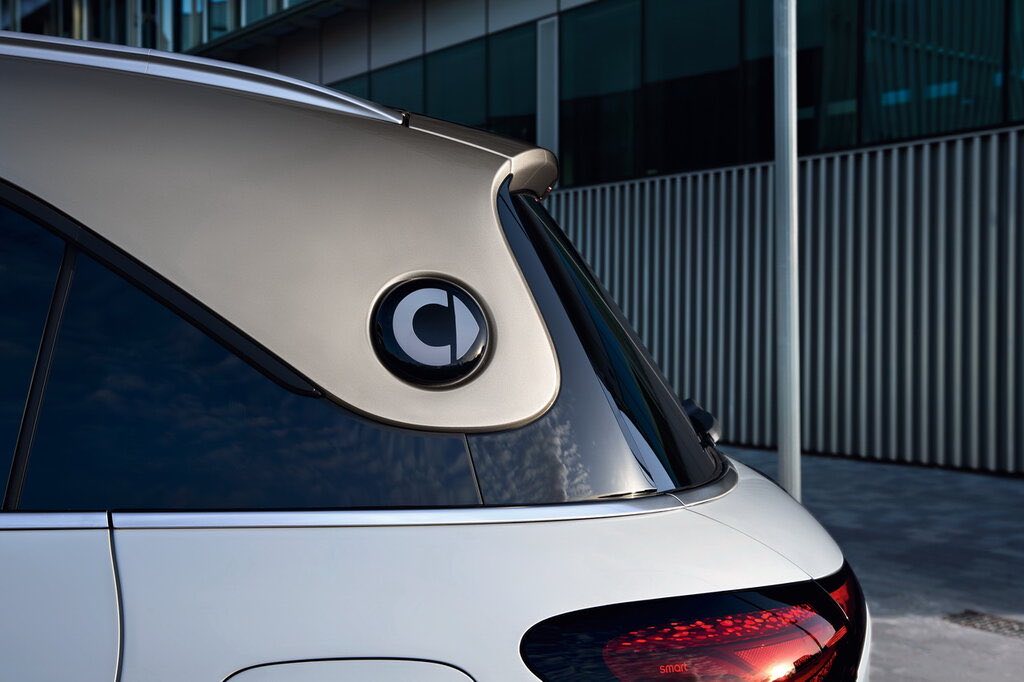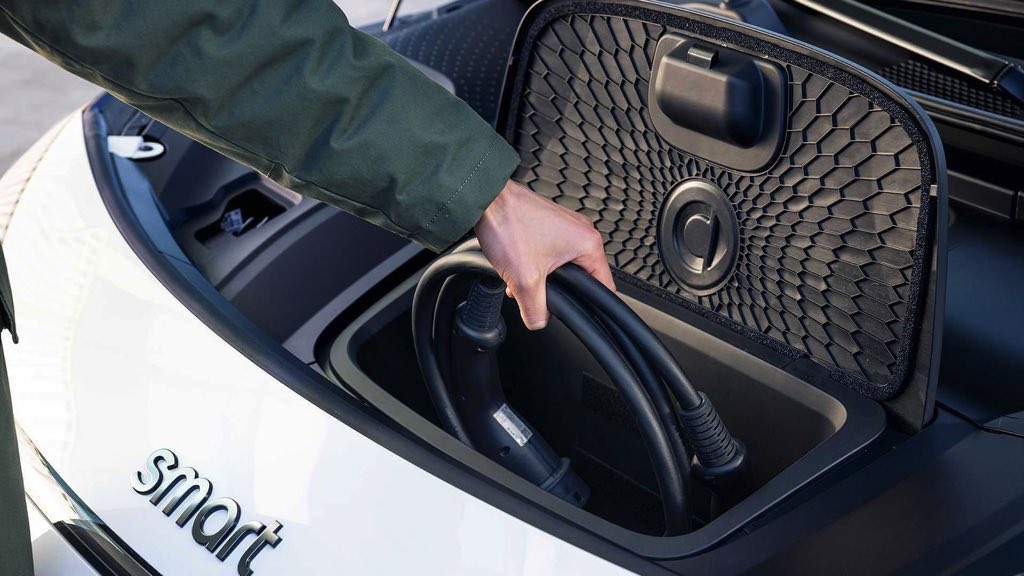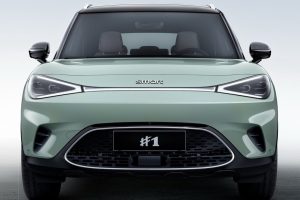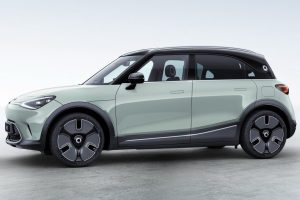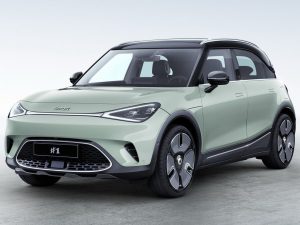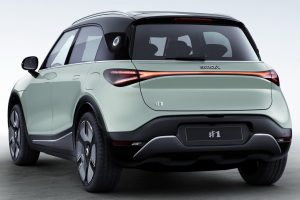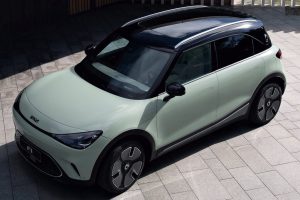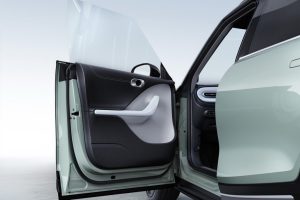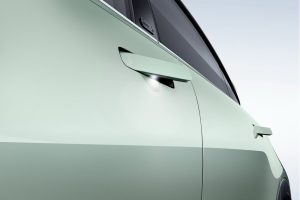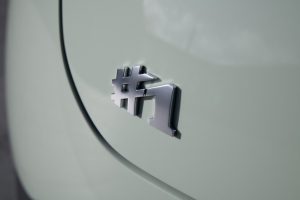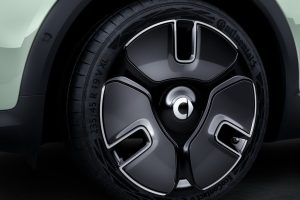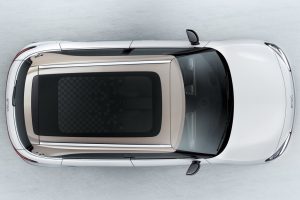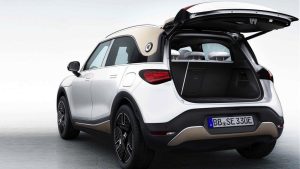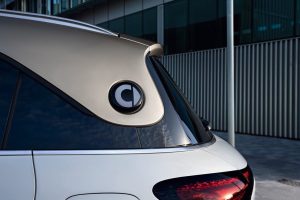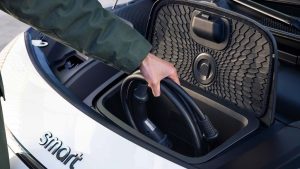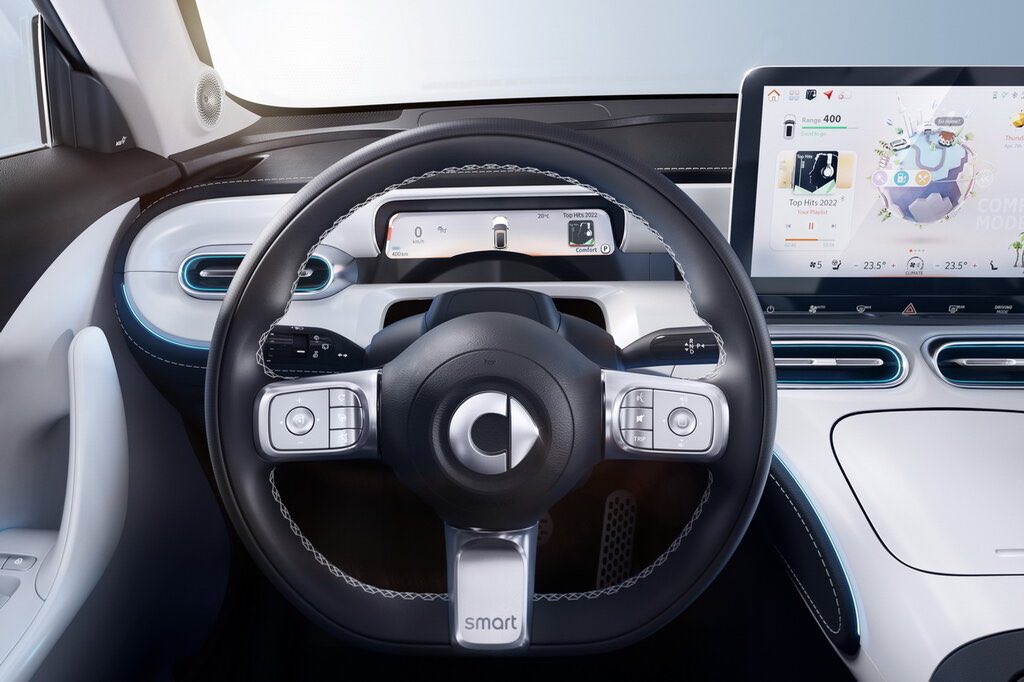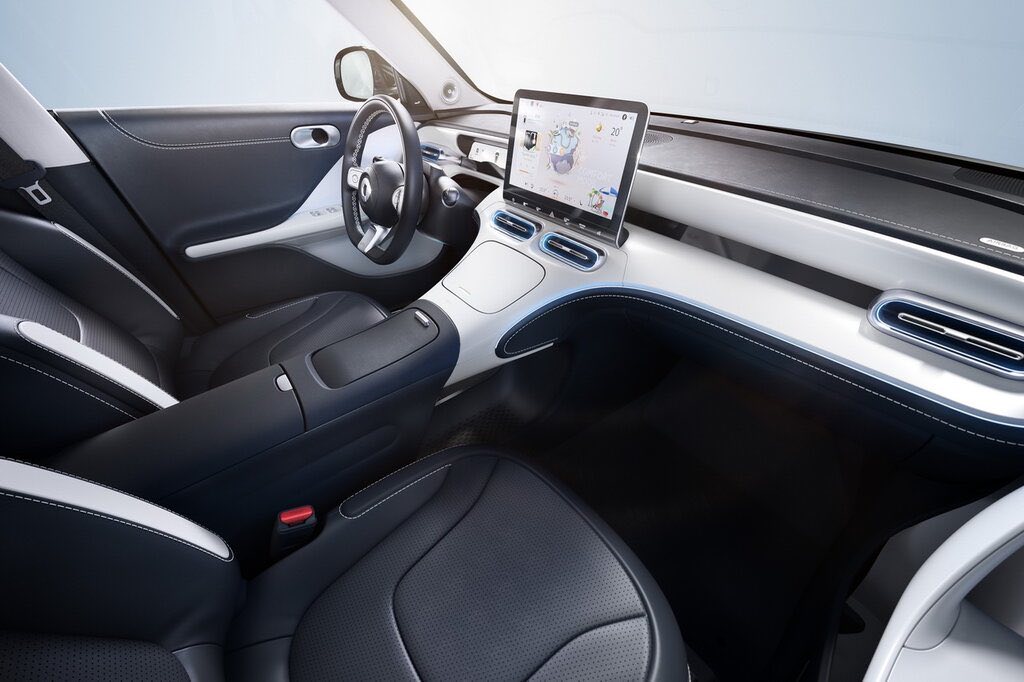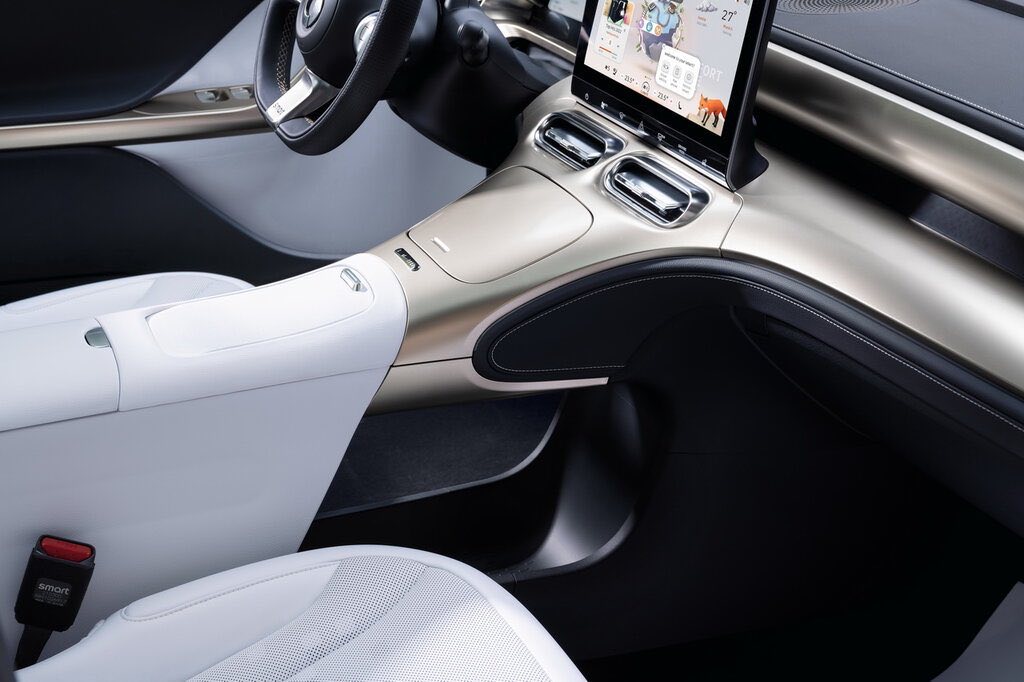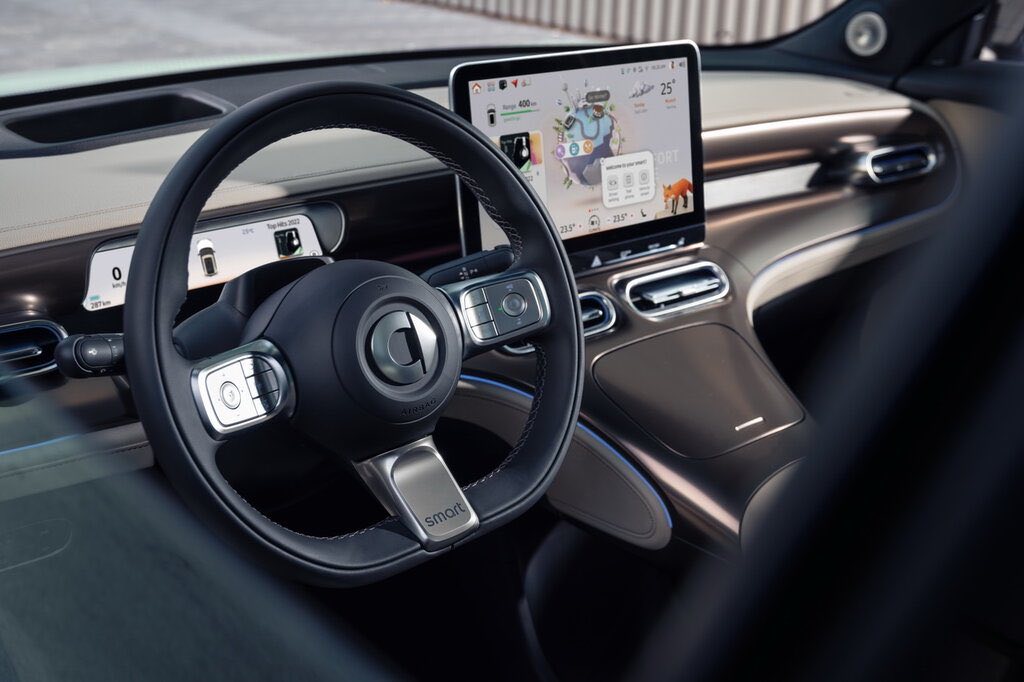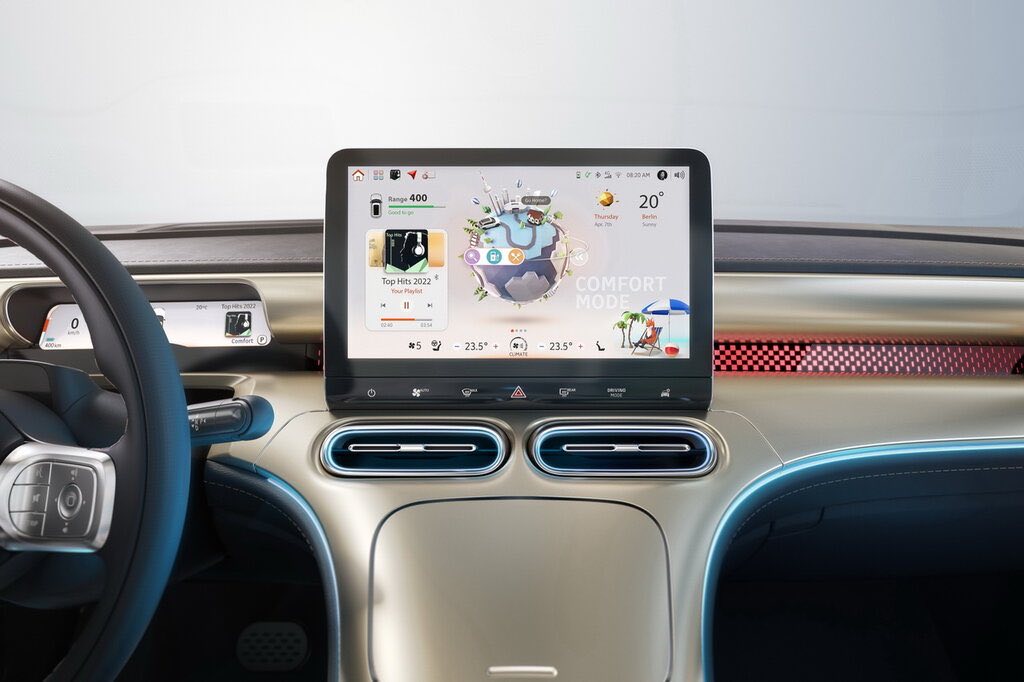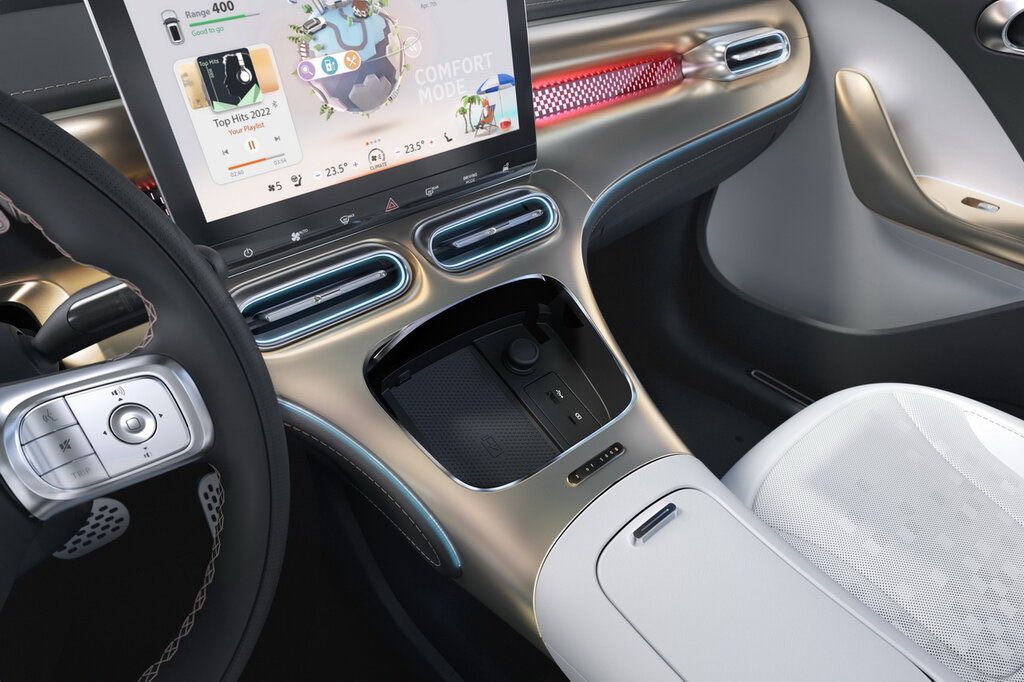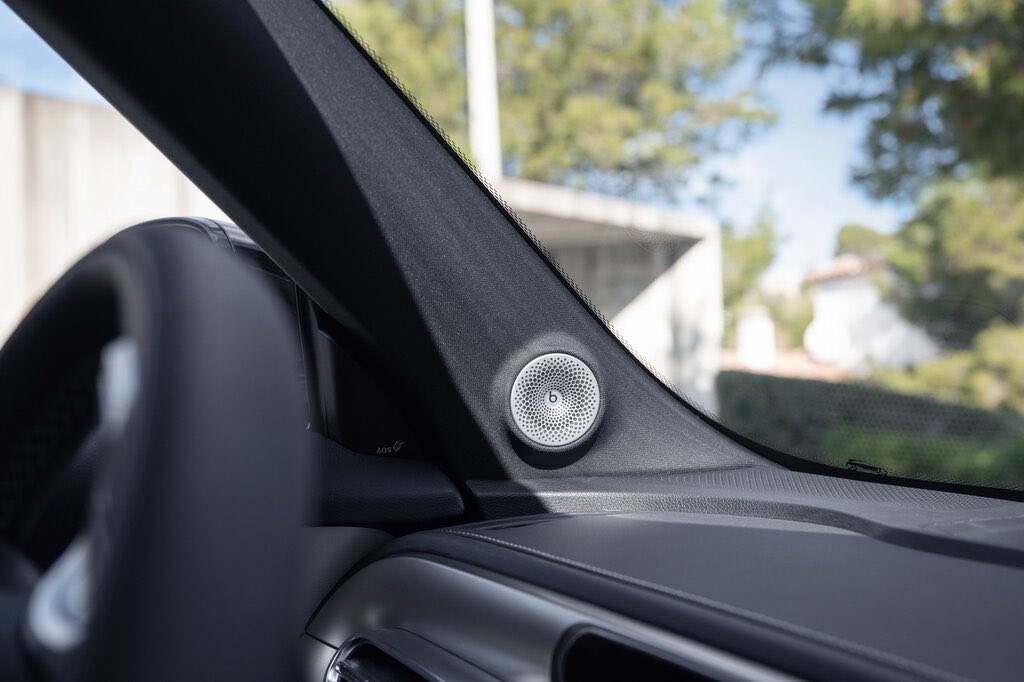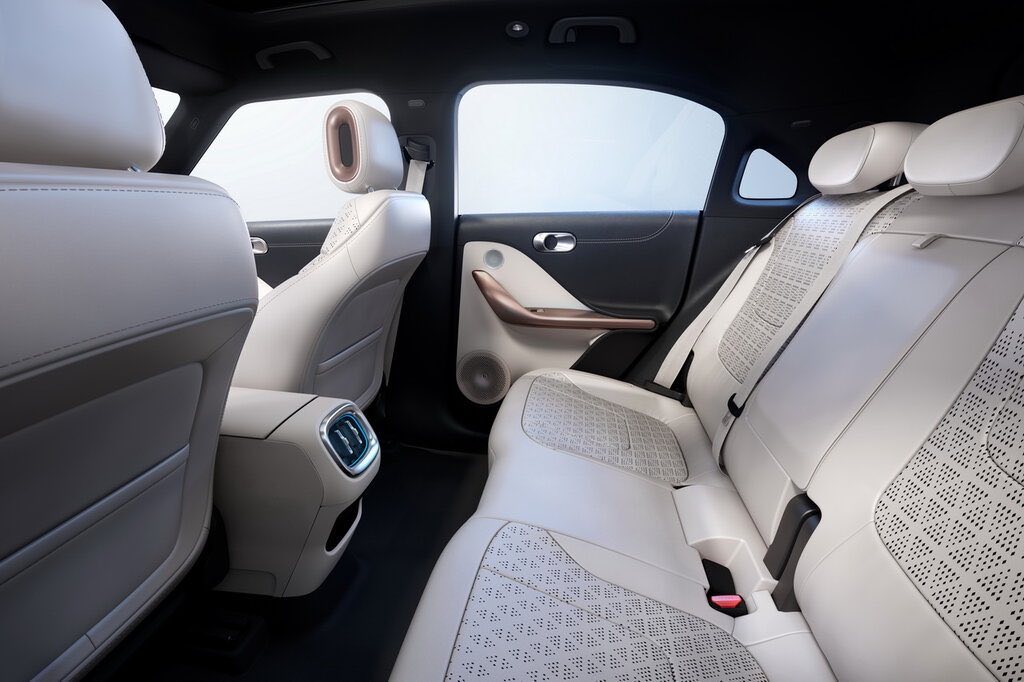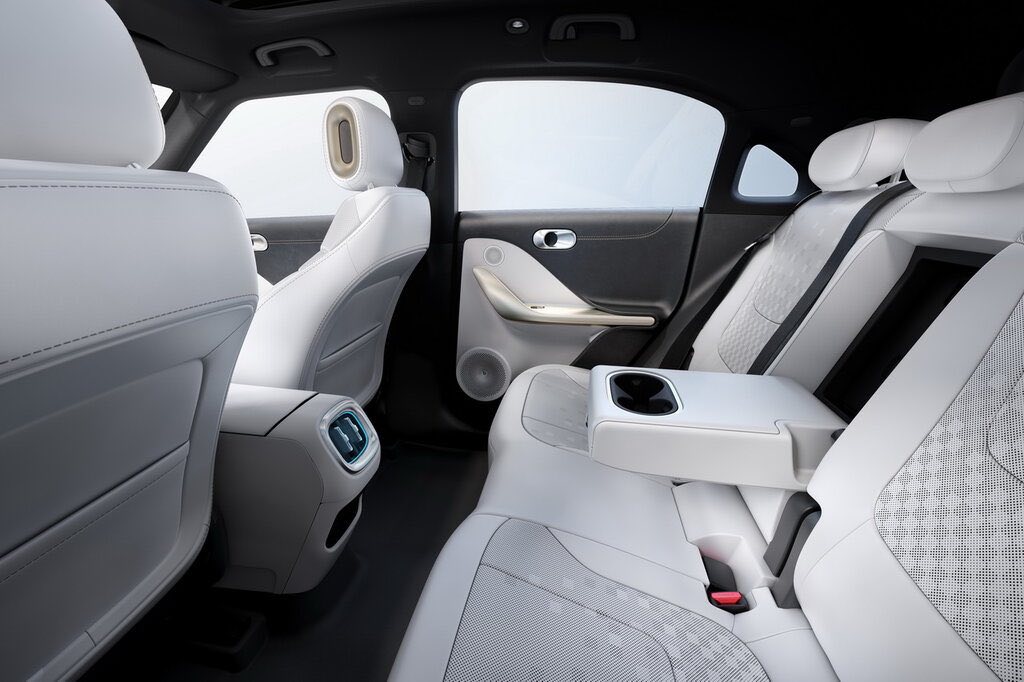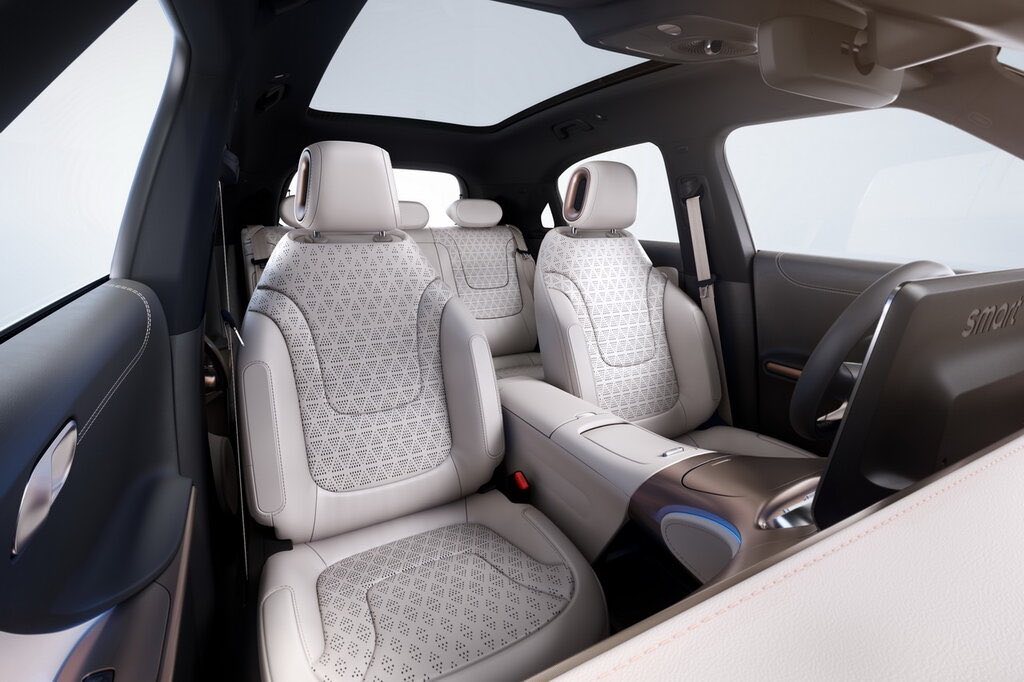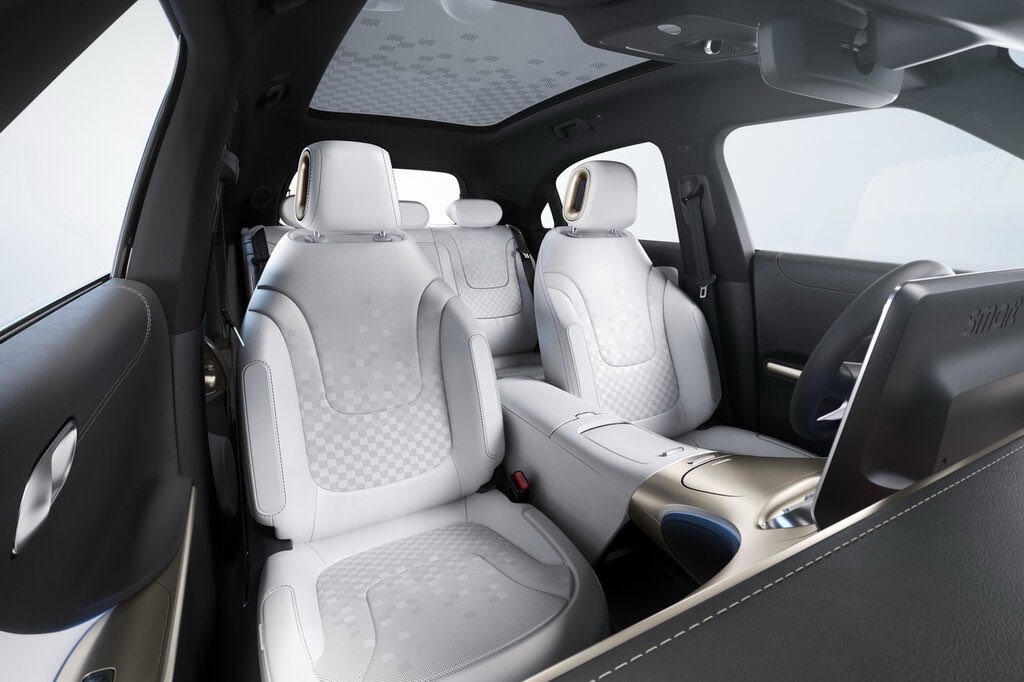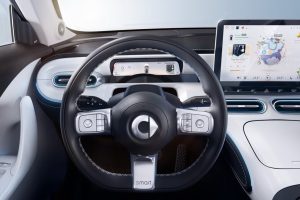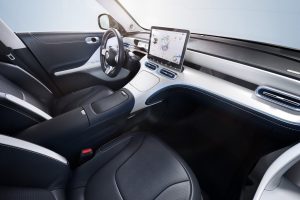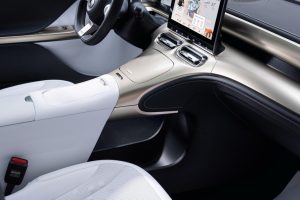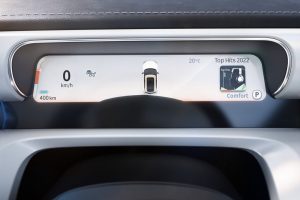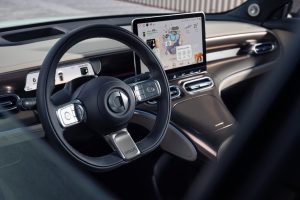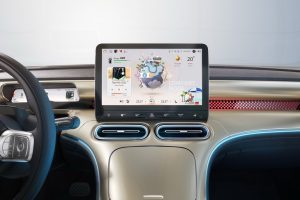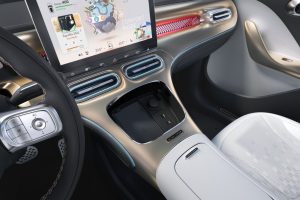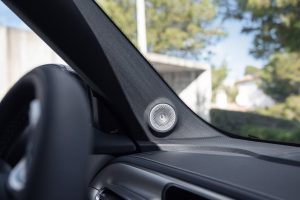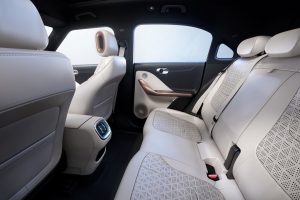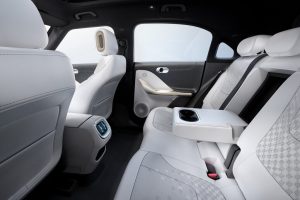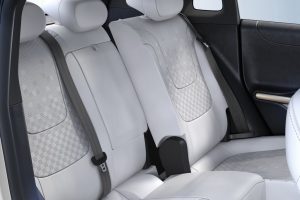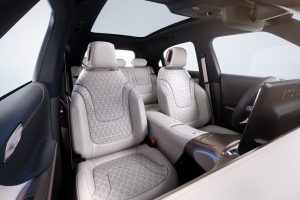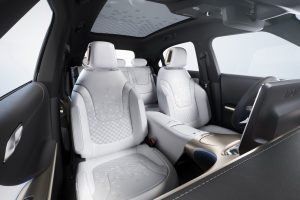| Performance | |
| Acceleration 0 – 100 km/h | 6.0 sec |
| Top Speed | 180 km/h |
| Electric Range | 355 km |
| Total Power | 200 kW (272 PS) |
| Total Torque | 343 Nm |
| Drive | Rear |
| Battery and Charging | |
| Battery Capacity | 66.0 kWh |
| Battery Useable | 66.0 kWh |
| Europe | |
| Charge Port | Type 2 |
| Port Location | Left Side – Rear |
| Charge Power | 22 kW AC |
| Charge Time (0->355 km) | 3h45m |
| Charge Speed | 100 km/h |
| Fastcharge Port | CCS |
| FC Port Location | Left Side – Rear |
| Fastcharge Power (max) | 150 kW DC |
| Fastcharge Time (36->284 km) | 29 min |
| Fastcharge Speed | 510 km/h |
| Energy Consumption | |
| EVDB Real Range | |
| Range | 355 km |
| Vehicle Consumption | 186 Wh/km |
| CO2 Emissions | 0 g/km |
| Vehicle Fuel Equivalent | 2.1 l/100km |
| WLTP Ratings (TEL) | |
| Range | 440 km |
| Rated Consumption | 167 Wh/km |
| Vehicle Consumption | 150 Wh/km |
| CO2 Emissions | 0 g/km |
| Rated Fuel Equivalent | 1.9 l/100km |
| Vehicle Fuel Equivalent | 1.7 l/100km |
| WLTP Ratings (TEH) | |
| Range | 420 km |
| Rated Consumption | 170 Wh/km |
| Vehicle Consumption | 157 Wh/km |
| CO2 Emissions | 0 g/km |
| Rated Fuel Equivalent | 1.9 l/100km |
| Vehicle Fuel Equivalent | 1.8 l/100km |
| TEL = Test Energy Low | TEH = Test Energy High | |
|
Rated = official figures as published by manufacturer. Rated consumption and fuel equivalency figures include charging losses.
|
|
|
Vehicle = calculated battery energy consumption used by the vehicle for propulsion and on-board systems.
|
|
| Real Energy Consumption Estimation | |
| between 127 – 264 Wh/km | |
| City – Cold Weather | 186 Wh/km |
| Highway – Cold Weather | 264 Wh/km |
| Combined – Cold Weather | 220 Wh/km |
| City – Mild Weather | 127 Wh/km |
| Highway – Mild Weather | 206 Wh/km |
| Combined – Mild Weather | 163 Wh/km |
|
Energy use for each trip will vary considerably depending on the driver and the conditions. Therefore, we have provided a range of estimates which can be useful in developing an understanding of the potential benefits of this technology.
|
|
| Dimensions and Weight | |
| Length | 4270 mm |
| Width | 1822 mm |
| Width with mirrors | No Data |
| Height | 1636 mm |
| Wheelbase | 2750 mm |
| Weight Unladen (EU) | 1895 kg |
| Gross Vehicle Weight (GVWR) | 2270 kg |
| Max. Payload | 450 kg |
| Cargo Volume | 273 L |
| Cargo Volume Max | 411 L |
| Cargo Volume Frunk | 15 L |
| Roof Load | No Data |
| Tow Hitch Possible | No Data |
| Towing Weight Unbraked | No Data |
| Towing Weight Braked | No Data |
| Vertical Load Max | No Data |
| Miscellaneous | |
| Seats | 5 people |
| Isofix | No Data |
| Turning Circle | No Data |
| Platform | GEELY SEA |
| Car Body | SUV |
| Segment | JB – Small |
| Roof Rails | Yes |
| EV Dedicated Platform | Yes |
Home and Destination Charging (0 > 100%)
A public charging station is required to use the highest possible charging rate. The EVSE/charging station’s charging capacity affects how long it takes to fully charge the battery. The table below shows all possible options for fully charging the Smart #1.
In Europe, plugging an electric car into an outlet is often as easy as plugging it into a household outlet, but there are differences from country to country. The table below shows the different ways to charge the Audi Smart #1, but in some countries some chargers may not be available.
Type 2 (Mennekes – IEC 62196)

| Charging Point | Max. Power | Power | Time | Rate |
| Wall Plug (2.3 kW) | 230V / 1x10A | 2.3 kW | 33h45m | 11 km/h |
| 1-phase 16A (3.7 kW) | 230V / 1x16A | 3.7 kW | 21 hours | 17 km/h |
| 1-phase 32A (7.4 kW) | 230V / 1x32A | 7.4 kW | 10h30m | 34 km/h |
| 3-phase 16A (11 kW) | 400V / 3x16A | 11 kW | 7h15m | 49 km/h |
| 3-phase 32A (22 kW) | 400V / 3x32A | 22 kW | 3h30m | 100 km/h |
Fast Charging (10 > 80%)
If you want to enjoy driving an electric car, one of the most important features to consider is the number of miles per hour the car can travel while charged. This is called the “range” of the car. All electric cars have a certain range, even if they are 100% charged. This is because they do not have an internal combustion engine to lean on if you need to drive a long distance.
Max. Power: The maximum power provided by the charging point
Avg. Power: The average power provided by the charging point during a session of 10% to 80%.
Time: the time it takes to charge from 10% to 80%
Speed: the average charging rate during the session of 10% to 80%
Combined Charging System (CCS Combo 2)

| Charging Point | Max. Power | Avg. Power | Time | Rate |
| CCS (50 kW DC) | 50 kW | 45 kW | 65 min | 220 km/h |
| CCS (100 kW DC) | 100 kW | 80 kW | 36 min | 410 km/h |
| CCS (150 kW DC) | 150 kW | 100 kW | 29 min | 510 km/h |
| Brand | Smart |
| Model | #1 |
| Body Style | SUV |
| Car Engine | electric |
| Motor power | 200 |
| Maximum Torque, Nm | 343 |
| Battery Energy, kWh | 66.0 |
| Power reserve (NEDC/EPA/WLTP), km | - / - / 355 |
| Level Charging (230/400/DC), hours | 21.0 / 7.15 / 0.36 |
| Electrical Acceleration, 0-100 km/h (0-62.1 mph) in sec | 6.0 |
| Top Speed, km/h | 180 |
